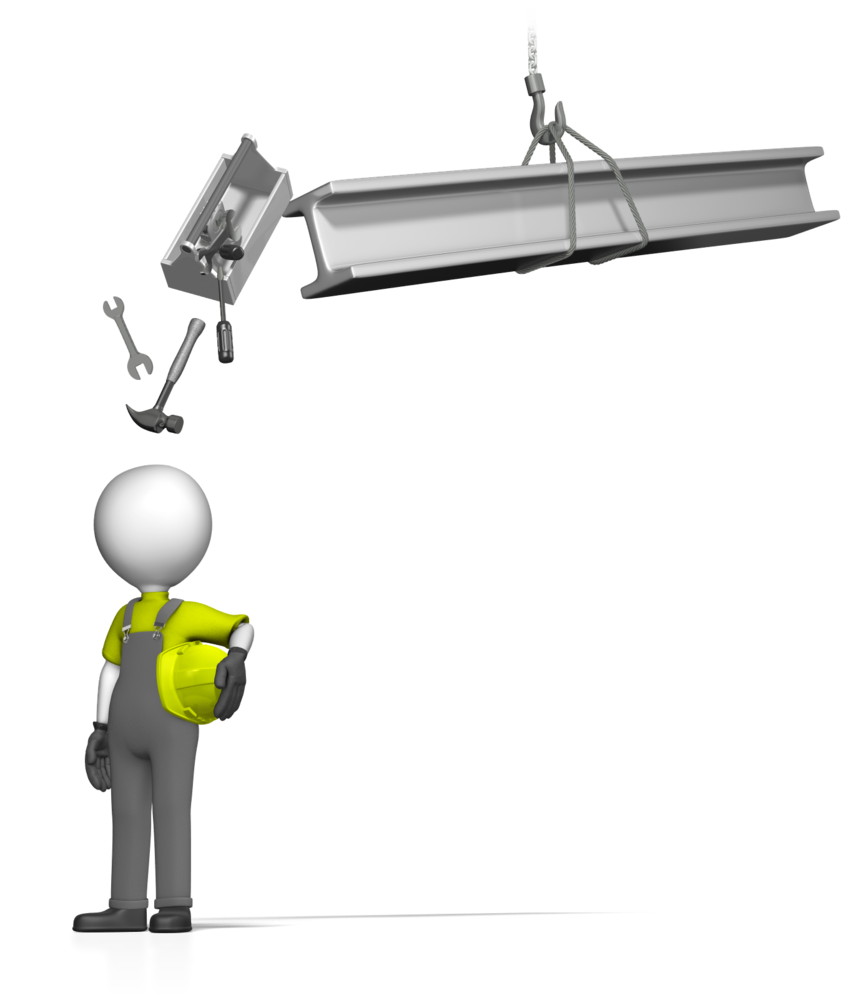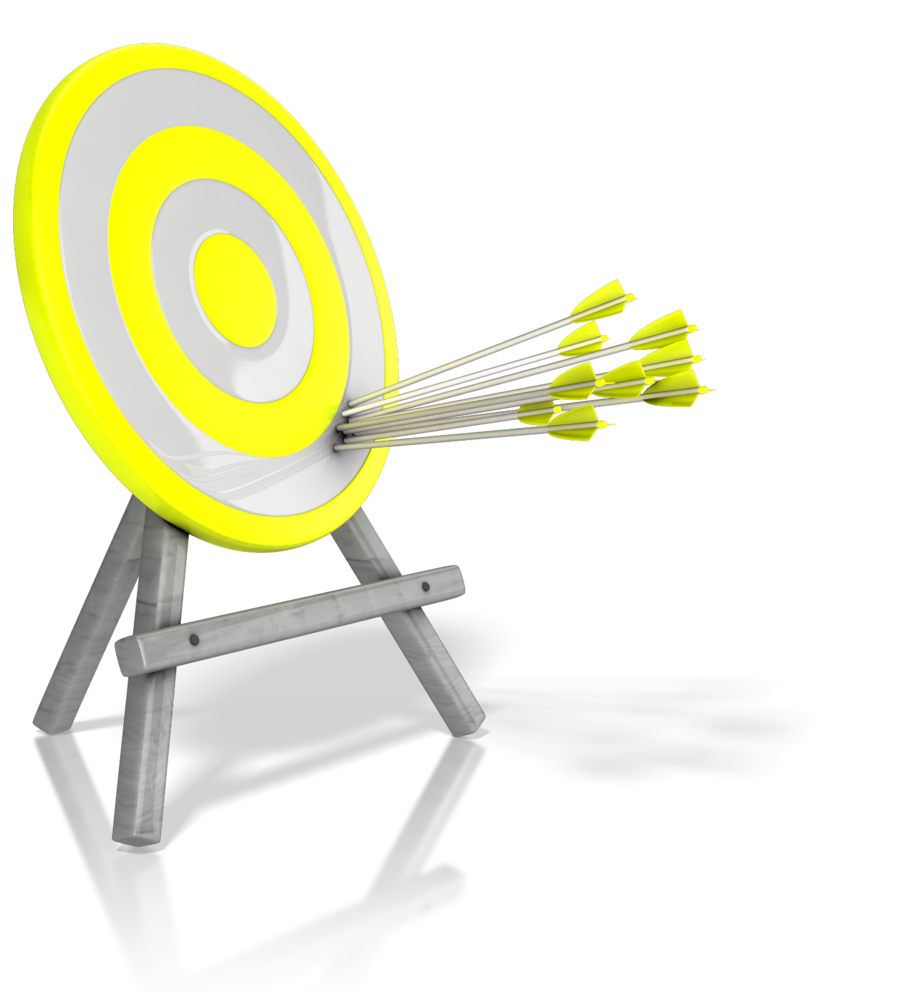Near Misses or Good Catches in your organization
 Near miss reporting is one of the most powerful information streams your organization has the ability to learn from. Do people in your organization understand and know what to report and how? Are they encouraged to report by the leadership team and by each other? What is the minimum threshold for how significant an incident is before it is recommended to be reported? Do you have a system in place where the issue is first discussed with supervision and then written up if leadership deems the issue noteworthy? Would everyone in your organization answer questions related to near misses with the same answers? Regarding metrics, it is worthy to note that how well your reporting culture thrives is a positive and true indicator of your company's safety culture in general, but don't get stuck on reporting counts. Instead, get stuck on a lack of reports when accidents and incidents are still occurring.
Near miss reporting is one of the most powerful information streams your organization has the ability to learn from. Do people in your organization understand and know what to report and how? Are they encouraged to report by the leadership team and by each other? What is the minimum threshold for how significant an incident is before it is recommended to be reported? Do you have a system in place where the issue is first discussed with supervision and then written up if leadership deems the issue noteworthy? Would everyone in your organization answer questions related to near misses with the same answers? Regarding metrics, it is worthy to note that how well your reporting culture thrives is a positive and true indicator of your company's safety culture in general, but don't get stuck on reporting counts. Instead, get stuck on a lack of reports when accidents and incidents are still occurring.
Classification
Consider these examples:
A tool falls off a beam and...Level One ...nobody is around as it falls to the floor below.
Level Two ...someone is in the area, but it misses them completely as it falls to the floor below.
Level Three ...someone gets hit on the hardhat and the tool bounces safely away as it falls to the floor below.
Level Four ...someone gets hit on the shoulder and it doesn't cause a first aid, but it did hit the individually before falling to the floor below.
Are ALL four of these levels considered near misses in your organization? What level needs to be reported? How do you describe a near miss to your organization? If you know the answers to these questions, then you may very well have a healthy and intact Near Miss reporting program. However, if your organization doesn't know the answers to these questions, then let's review a few things:
Definitions:
The National Safety Council identifies a Near Miss as an unplanned event that did not result in injury, illness, or damage – but had the potential to do so. Only a fortunate break in the chain of events prevented an injury, fatality or damage; in other words, a miss that was nonetheless very near.Good Catch?
Do you scrap the near miss concept and only discuss the incident as a good catch?How important is it to call it a good catch program, and not a near miss program?Consider the Texas Nurses example by clicking here:Good Catch Program Encourages Reporting Near-Miss Medical Errors
Reporting
How do you report near misses? You should do your best to describe the hazard and the associated risk, and any ideas for either eliminating the hazard, or reducing future risk.
Fire fighters have a universal place to submit their near misses: http://www.firefighternearmiss.com
Even some colleges have reporting programs:
https://scsapps.unl.edu/EHSNearMissReporter/
Reasons for not reporting:
According to an Underwriter's Laboratory Article, the three reasons why people would not report a near miss are:
- Fear of blame - Individual does not want to tell on co-workers or themselves for fear of ridicule or personal accountability/culpability.
- Incoherent indifference - Individual believes nothing will happen anyway, so why bother taking the time.
- Lack of supervisor support - Leadership does not encourage or embrace the advantages of learning lessons when there are no significant consequences.
What is the difference between a hazard and a risk?
Hazard: Anything that can cause harmRisk: Potential that a hazard will cause harm
Do you think it matter when talking about safety and near misses to get the terminology right? It absolutely does! Using terminology properly models that you know what you are talking about and that this is important to you. These two terms are very important when discussing Good Catches and Near Misses.
Check out these related articles and videos:
The Value of Near Miss Reporting by the Ohio Bureau of Workman's CompSeton article contains best practices when creating a new programNational Safety Council: More reasons why people won't report CAT Near Miss Reporting VideoHillSolomon's Near Miss Training VideoHazard vs. Risk Training VideoKuala Lumpur's USMC Good Catch Reward VideoGood Catch Video Brooke Army Medical Center
CAT Near Miss Reporting VideoHillSolomon's Near Miss Training VideoHazard vs. Risk Training VideoKuala Lumpur's USMC Good Catch Reward VideoGood Catch Video Brooke Army Medical Center